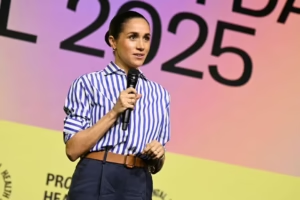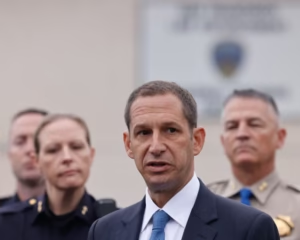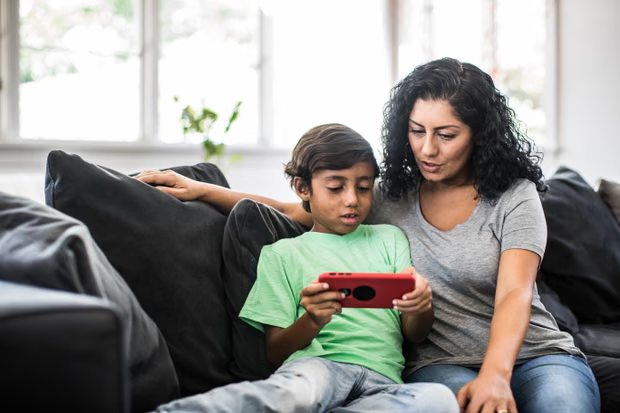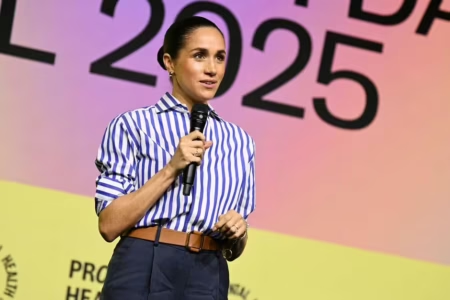Talking to children about violence in the news can be challenging, but experts say it is essential for their understanding and emotional well-being. With smartphones providing immediate access to videos and social media, children often encounter distressing events before parents can intervene.
Journalist Anya Kamenetz advises parents to first find out what children already know. “Kids hear things at school and see snippets online. Start by understanding their knowledge, correct misconceptions, and review reliable sources together,” she said. Asking children how they feel about the news helps them process emotions safely.
Psychiatrist Eugene Beresin emphasizes three main concerns children have when exposed to violent news: safety, care from adults, and personal impact. He encourages parents to listen, validate feelings, and be available for questions.
Creating communication channels is also important. Tara Conley, a media expert, suggests family group chats or safe online and offline spaces for children to discuss troubling events. This approach ensures they feel part of a supportive community.
For graphic content, Ohio psychologist Tori Cordiano says children need trusted adults to talk to. Parents can acknowledge curiosity and shock while discouraging repeated exposure. “We know these images can have a lasting impact on the brain,” she explained.
Ashley Rogers Berner advises truthfulness when discussing political violence. Parents can explain that violence is rare and reassure children that authorities work to hold perpetrators accountable, reinforcing peaceful conflict resolution.
Misinformation is a growing concern. Author Holly Korbey notes that children quickly encounter distorted facts online. Parents should review events together using reliable journalistic sources to clarify what is true. Cordiano adds that guiding children in responsible device use—time limits, app restrictions, and supervised access—can help develop healthy media habits.
Media literacy is crucial. Conley stresses teaching children how media influences society and social behavior. Resources like Common Sense Media and the American Academy of Pediatrics’ Family Media Plan can support families in guiding children through upsetting news.
In polarized political climates, open dialogue is vital. Korbey encourages discussion of all topics, including controversial ones, to foster critical thinking and civic engagement. Jill Murphy adds that conversations can help children explore values while considering different perspectives.
Experts caution against constant news exposure. Kamenetz recommends limiting background TV news and providing information only when children ask questions. Conley advises parents to model calm and thoughtful media consumption and focus on routines that separate family life from constant news coverage.
To reassure children about real-world risks, Cordiano emphasizes following school safety guidance seriously, while Conley suggests simple, supportive activities such as writing letters to loved ones to foster a sense of connection and empathy. Volunteering and helping others can also reduce stress and promote emotional resilience.
Age-appropriate discussions should begin early, as children often encounter news from peers or online. Murphy and Kamenetz stress the importance of honesty and framing information according to developmental readiness. Sharing context helps children navigate events like school shootings, natural disasters, and political unrest safely.
Experts agree that proactive, supportive, and structured guidance allows children to understand violence in the news without feeling overwhelmed. By teaching critical media skills, limiting harmful exposure, and fostering open dialogue, parents can help children process difficult events while building resilience and empathy.







